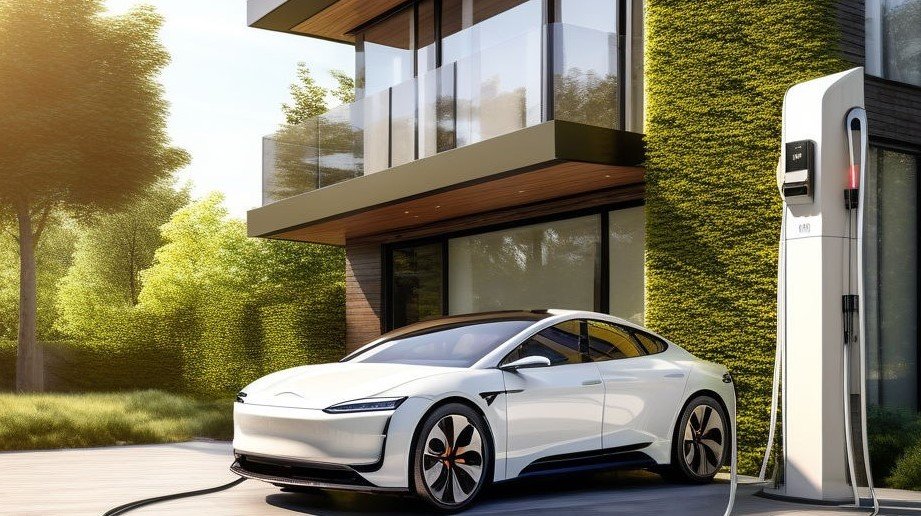
Gone are the days of searching for a charging station. With EV charging points nestled within residential complexes, homeowners enjoy the luxury of charging their electric vehicles right at home, making daily routines more convenient and efficient.
In this era of sustainable living, the integration of Electric Vehicle (EV) charging stations within residential buildings and societies is reshaping the way we perceive mobility. This blog delves into the transformative journey of implementing EV charging infrastructure in residential communities, highlighting the benefits and considerations that come with this eco-friendly revolution.
1. Seamless Integration with Smart Homes:
EV charging infrastructure seamlessly integrates with the concept of smart homes. Residents can monitor and manage their charging processes through mobile apps, creating an interconnected and efficient living space that aligns with the modern lifestyle.
2. Customization for Residential Needs:
The beauty of EV charging stations lies in their adaptability. Residential buildings and societies can customize the charging setup based on the specific needs of their community.
Whether it’s installing public charging hubs, workplace stations, or home-based solutions, the flexibility ensures a tailored approach to sustainable living.
3. Cost Savings for Residents:
Residents benefit economically by embracing EV charging at home. Electric vehicles are often more cost-effective in the long run, with reduced fuel expenses compared to traditional vehicles. Implementing charging infrastructure provides a tangible incentive for homeowners to make the sustainable switch.
4. Green Living Made Easy:
Embracing EV charging within residential spaces is a commitment to green living. By reducing dependence on conventional fuel sources, communities contribute to a sustainable future, aligning with global efforts to mitigate climate change and promote environmental conservation.
5. Property Value on the Rise:
Residences equipped with EV charging amenities are becoming sought-after in the real estate market. The convenience of having a charging station at home adds value to properties, attracting environmentally conscious buyers and positioning these homes as investments in a greener future.

6. Technical Considerations and Safety Measures:
Understanding the technical aspects of installing EV charging station (EV CS) infrastructure plays a vital role in ensuring a seamless and secure charging experience for residents.
Installing EV charging stations in residential spaces involves a systematic process.
Guide for EV CS Implementation:
· Site Assessment and Planning
· Assessing power requirements
· Selecting charging equipment compatible with various EV models.
· Charging speeds
· Coordinating with utility providers
· Obtaining necessary permits Regulatory Compliance
· User-friendly payment or access system.
· Maintenance and Upkeep
The installation journey is a collaborative effort aimed at seamlessly integrating charging infrastructure into the community.
7. Community Engagement and Collaboration:
The introduction of EV charging stations fosters a sense of community engagement. Societies can organize events, workshops, and initiatives centered on sustainable living, encouraging residents to actively participate in the journey towards a greener, more connected community.
8. Integration with Renewable Energy Sources:
To further enhance sustainability, residential communities can explore integrating EV charging stations with renewable energy sources. Solar panels, for instance, offer a clean and green energy solution, aligning with the overarching goal of creating eco-friendly neighborhoods.
9. Government Incentives and Support:
Governments worldwide are actively promoting the installation of EV charging stations. Residential buildings and societies can take advantage of various incentives, tax credits, and grants to make the implementation of such infrastructure even more economically viable.
Conclusion:
By embracing electric mobility, communities Implementing EV charging stations within residential buildings and societies is more than a practical solution – it’s a commitment to a greener, more sustainable future. As communities come together to embrace electric mobility, they not only contribute to a cleaner planet but also foster a sense of unity and forward-thinking living that will resonate for generations to come.


